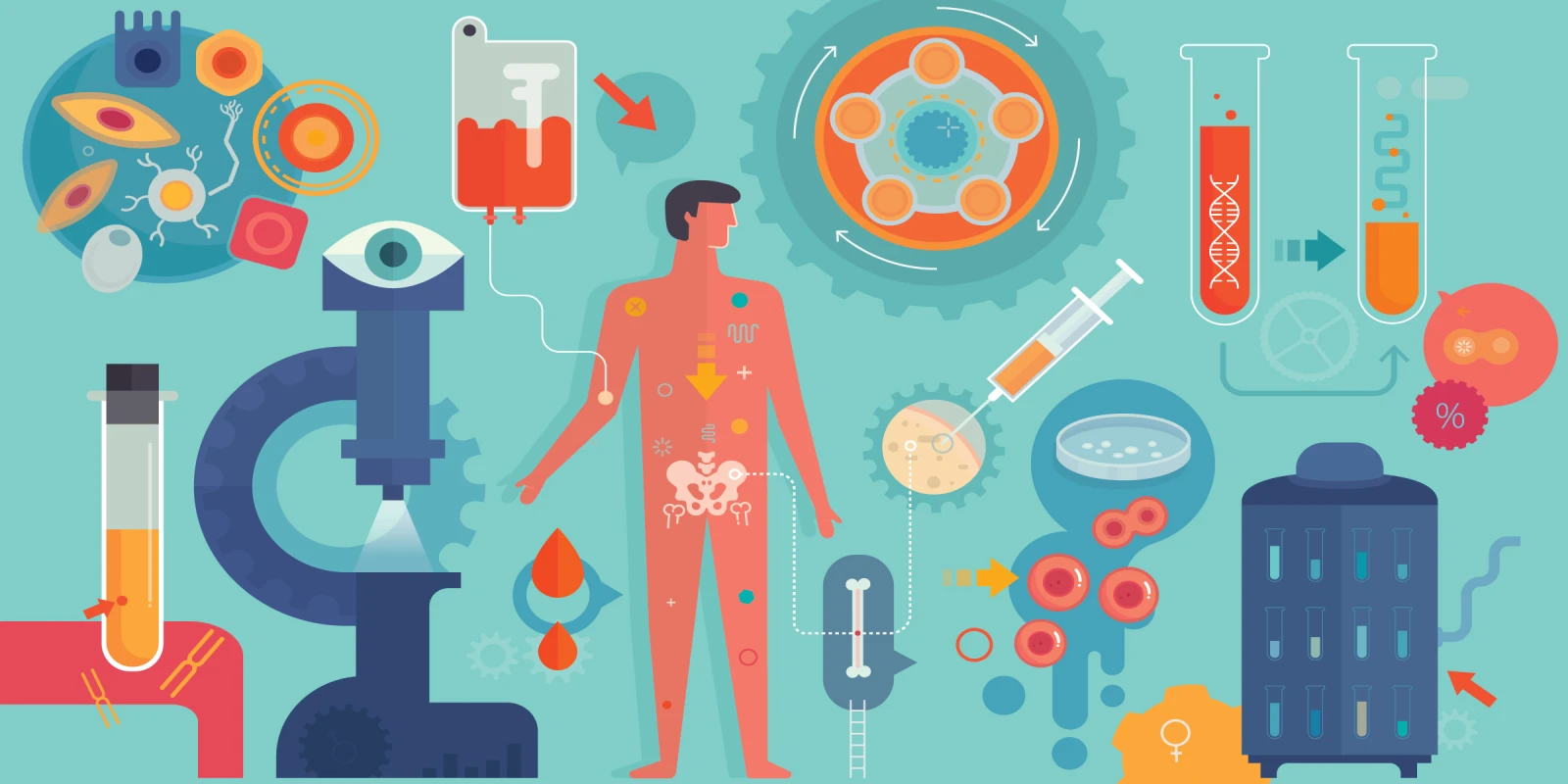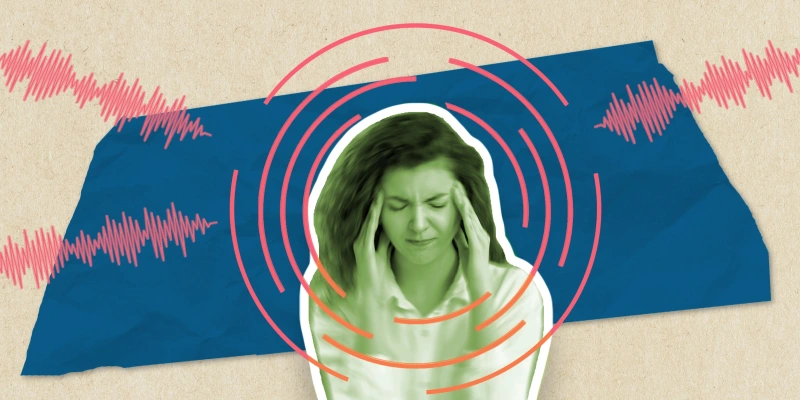Highlighting significant recent strides in IDH-mutated AML therapy, Courtney DiNardo, MD MSCE from The University of Texas MD Anderson Cancer Center, discussed, in an excellent session, current data for novel combinations of IDH inhibitors with other drugs.
For IDH2 mutated AML, response rates appear significantly better for frontline enasidenib with azacitidine over enasidenib alone though the benefit has not yet been reflected in event-free or overall survival. Data showed that combination therapy might be better than sequential, as response rates and overall survival with enasidenib monotherapy decrease with increasing prior lines of treatment. The placebo-controlled, double-blind AGILE study of azacitidine, with or without ivosidenib for IDH1 mutated AML, was noted to meet its primary endpoint of event-free survival in a recent press release.
Also discussed was the role of BCL2 and the BCL2 inhibitor venetoclax in IDH-mutated AML. In VIALE-A, IDH-mutated AML had some of the highest composite response rates for venetoclax with azacitidine combined (IDH1 65.6% CR+CRi; IDH2 85.7% CR+CRi), significantly better than a hypomethylating agent alone. The combination also demonstrated longer event-free survival (17.5 versus 2.2 months in IDH1, NR versus 13 months in IDH2) over monotherapy.
This impressive data, however, does present challenges in terms of sequencing therapies. Dr. DiNardo reviewed retrospective abstract data from ASH 2020 of 29 relapsed patients treated with IDH-based and venetoclax-based therapy. Whether IDH-based or venetoclax based therapies where front-line, successful salvage with the opposite treatment was likely, with 52% (11/21) of venetoclax-first patients achieving response after IDH-based therapy and 88% of IDH-first patients achieving response with ven-based therapy in the subsequent line.
These observations, among others, inform a trial by Lachowiez et al. of venetoclax and ivosidenib doublet therapy and triplet therapy with azacitidine in both newly diagnosed and relapsed/refractory AML. In this study, venetoclax was given days 1-14 for each cycle with ivosidenib starting one day 15 then given continuously. In triplet cohorts, azacitidine was given per standard of care for the first seven days. The preliminary data demonstrated impressive composite response rates (92% for newly diagnosed, 63% for relapsed/refractory), including high rates of MRD-negative responses (60% for both newly-diagnosed and relapsed/refractory). The study found durable responses with a 12-month OS of 83% (95%CI 65-100%) for triplet therapy. For patients with MRD negative responses as measured by flow cytometry, the 12-month overall survival was impressively better (100% versus 33% p=0.0052).
When taken together, the presentation makes clear combinations of current targeted therapies for IDH-mutated AML provide significant and sustained benefit for patients with these diseases. Future research should not only answer which combinations are best but also the optimal sequencing and dosing schedules.
Dr. Palmisiano has received grants from AbbVie and Genentech.







